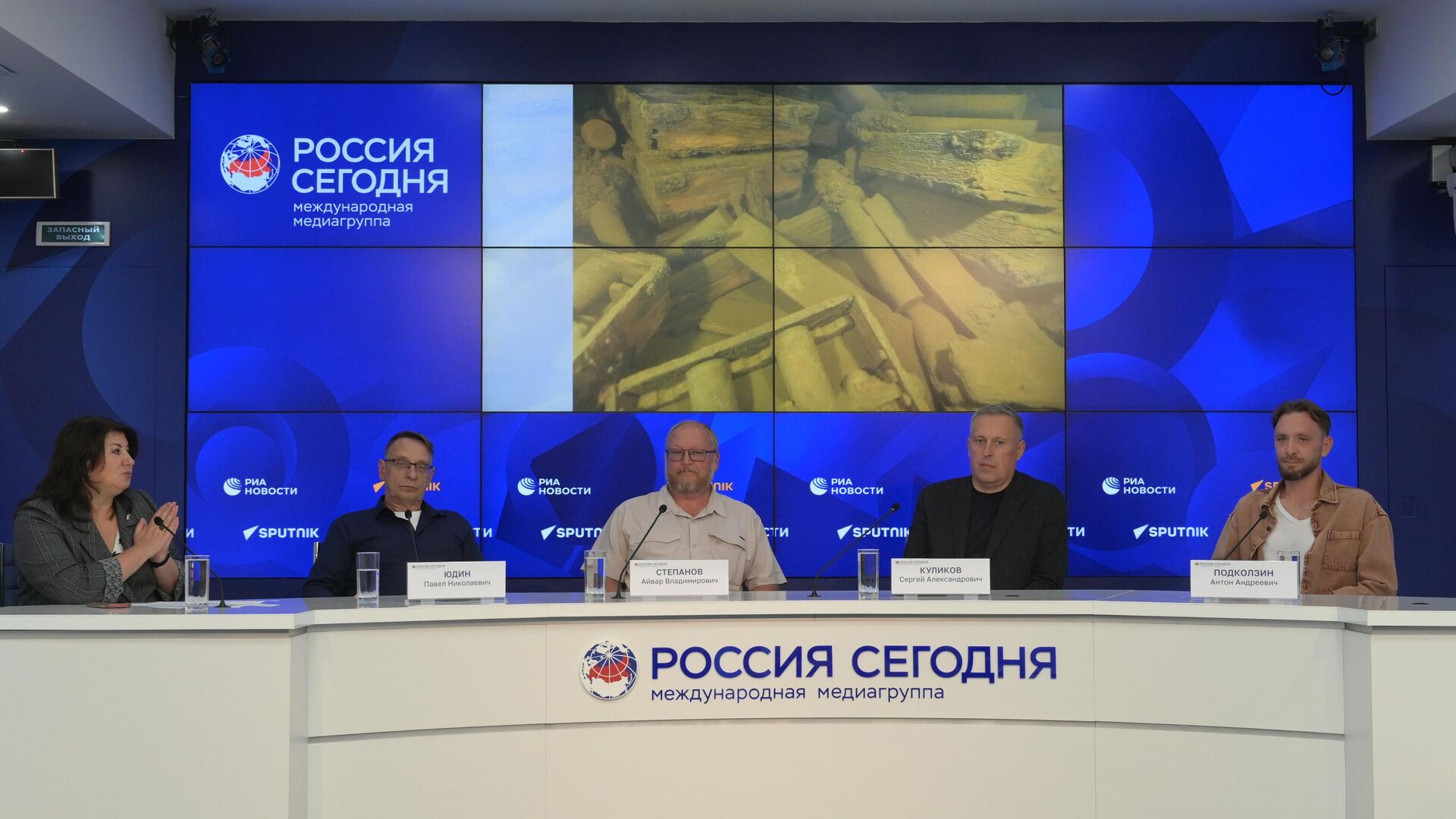
MOSCOW, 15 Aug. Today, Russia celebrates Archaeologist Day. In connection with this, underwater archaeologists presented artifacts discovered on a sunken 19th-century ship at a press conference of the Rossiya Segodnya media group. It was found at the bottom of Lake Ladoga by a large team, which included submariners and archaeologists from the Institute of Archaeology of the Russian Academy of Sciences and participants in the 1XPEDITION research project.
«The steamship is 25 meters long and 5 meters wide. It was used as a transport for pilgrims,» Aivar Stepanov, a research fellow at the Center for Underwater Archaeological Heritage of the Institute of Archaeology of the Russian Academy of Sciences, reported new details about this find.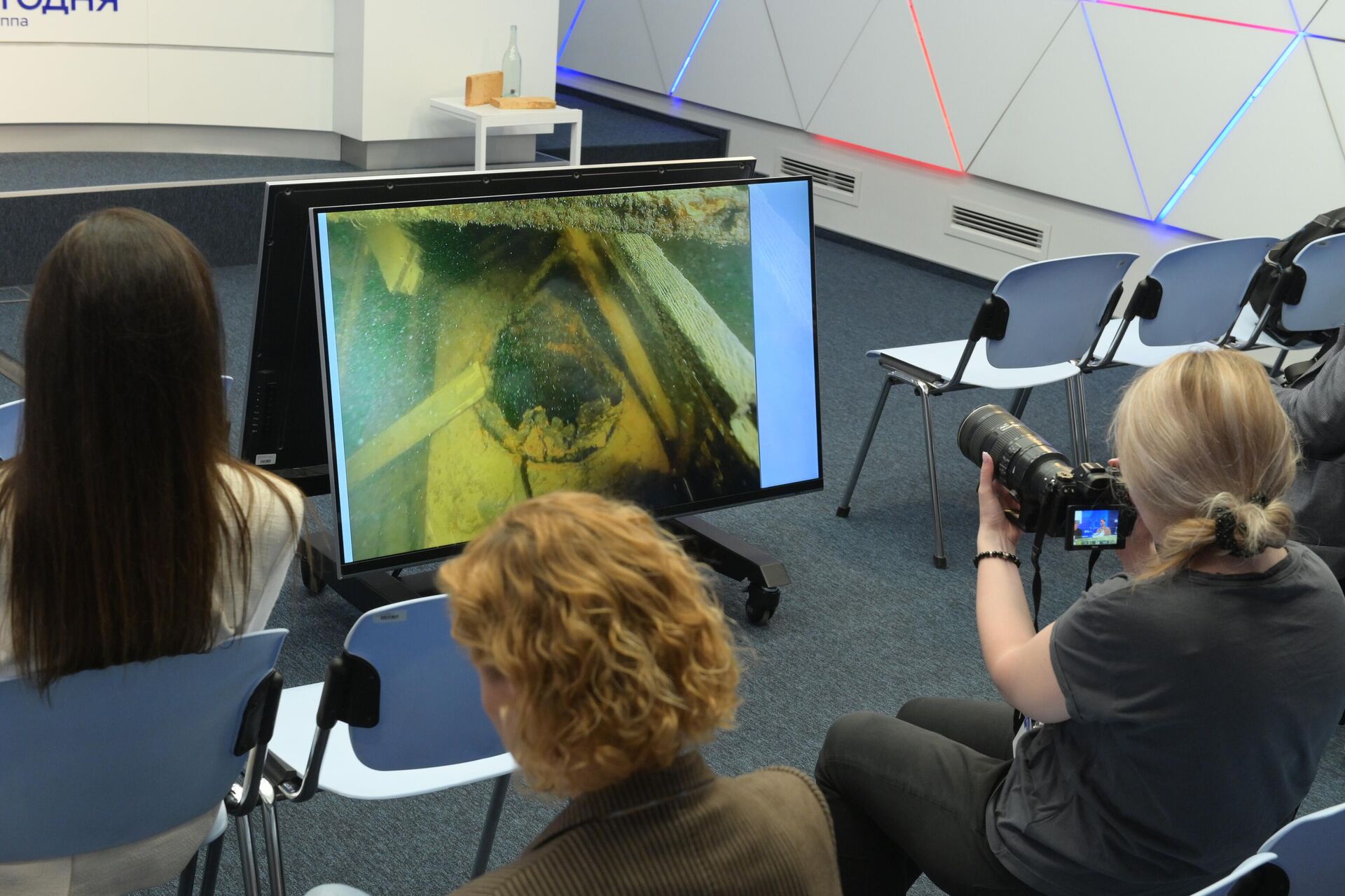
Recall that earlier some media outlets indicated that the ship may be pirated.
According to him, no name was found on the steamship, but the bas-relief on the bow of the vessel depicts a scallop shell, which has been considered a symbol of pilgrimage since the Middle Ages. The scientist added that the same bas-relief also depicts a dolphin, the fastest sea animal, which sailors often used to decorate medieval maps.
The archaeologist reported that the ship's hull had suffered significant damage. «Most likely, this happened after it had been underwater for a long time. The hull was entangled in a large number of fishing nets,» Stepanov said.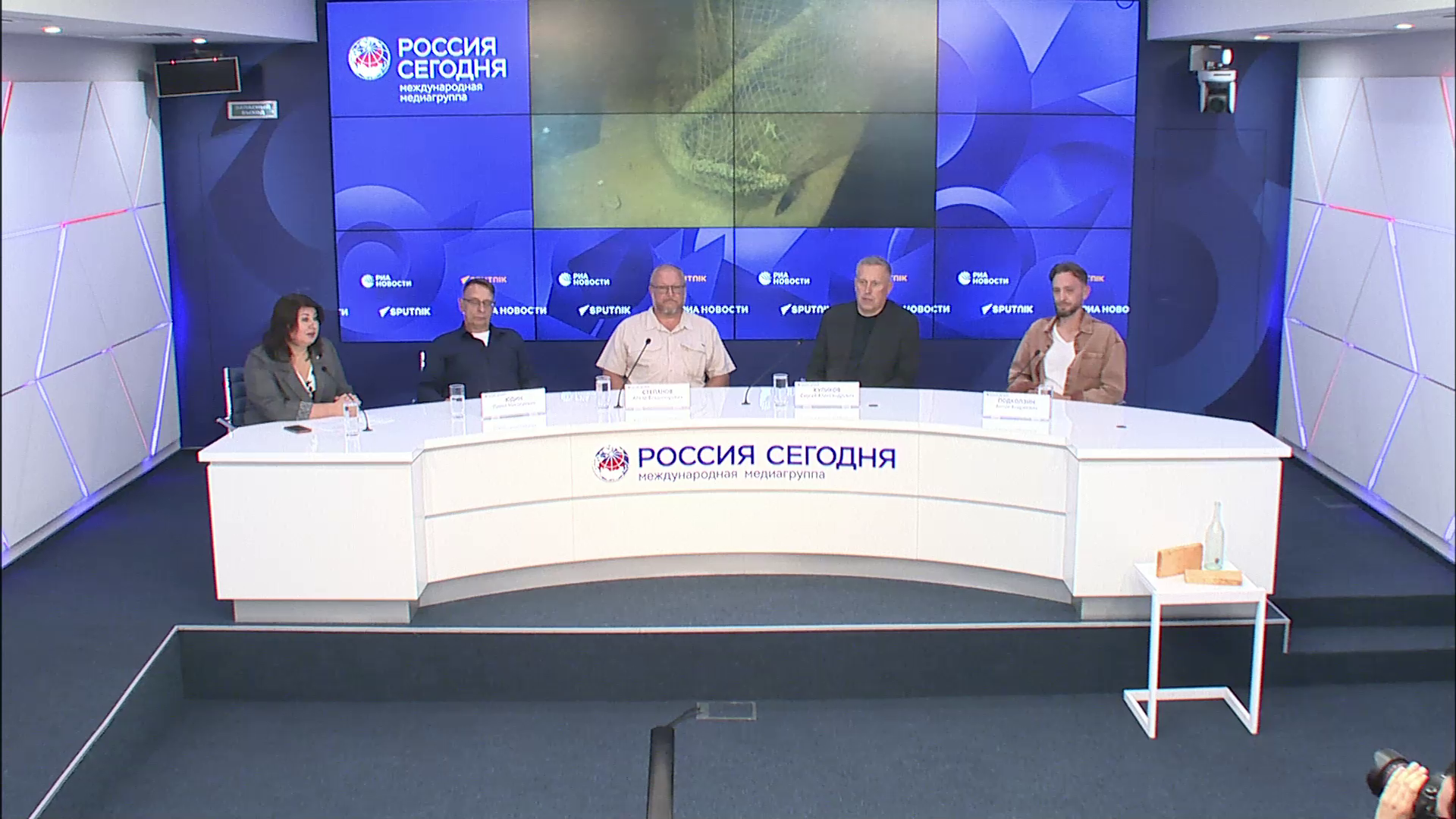
After analyzing various details, underwater archaeologists came to the conclusion that the ship was built in the 19th century and is related to Finland and Sweden. They found bricks bearing the stamp of a Swedish company that produced bricks from 1830 to the 1920s.
«The main assumption is that the steamship sank on a reef and was then dragged into the deep during a storm,» the expert said, adding that the vessel was a hybrid (sail-steam).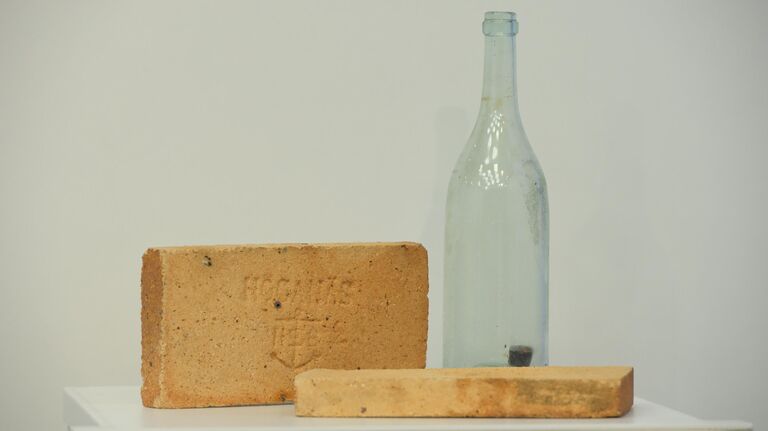
1 of 3
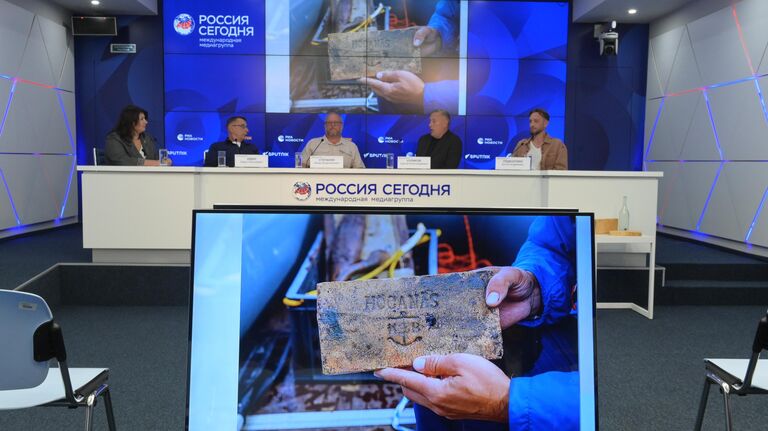
2 of 3
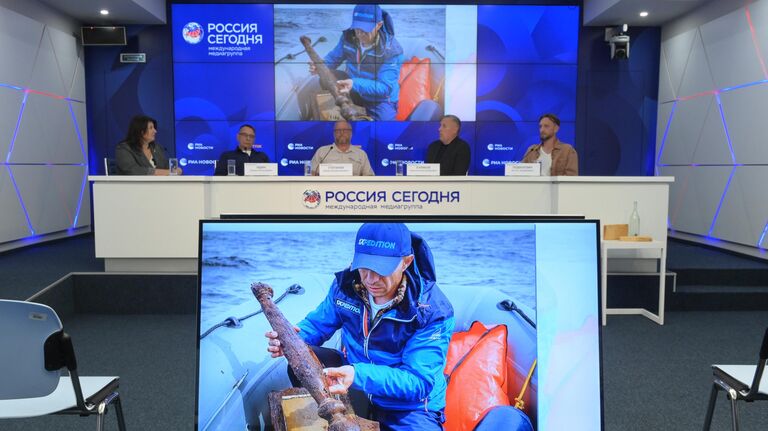
3 of 3
1 of 3
2 of 3
3 of 3
As noted by the coordinator of the 1XPEDITION project, Sergei Kulikov, the found vessel and the success of this expedition are the result of the work three groups of specialists: marine surveyors, divers and underwater archaeologists.
«Not all finds can and should be raised. We have a principle: «if you are not sure that you can preserve this thing, it is better to leave it at the bottom.» Water is a preservative, objects at the bottom do not have access to oxygen,» he explained.
«Yes, the ship itself is a «time capsule» that teleports things from another era. However, many of them cannot be raised, especially wooden interior items,» Kulikov added, emphasizing that the project participants plan to take a practical course in field conservation of artifacts.
In addition to the Swedish-made bricks, several glass bottles and a roughly made clay plate were raised to the surface. All artifacts will be transferred to the Oryol Museum of Local History.
Diving instructor for the 1XPEDITION project Pavel Yudin, speaking about the peculiarities of working on Lake Ladoga, described it as follows: «very cold water and very limited visibility.»
«At a depth of 35 meters, where the steamship lay, it was always deep night, and the operators used huge lanterns,» he added.
1 of 4

2 of 4
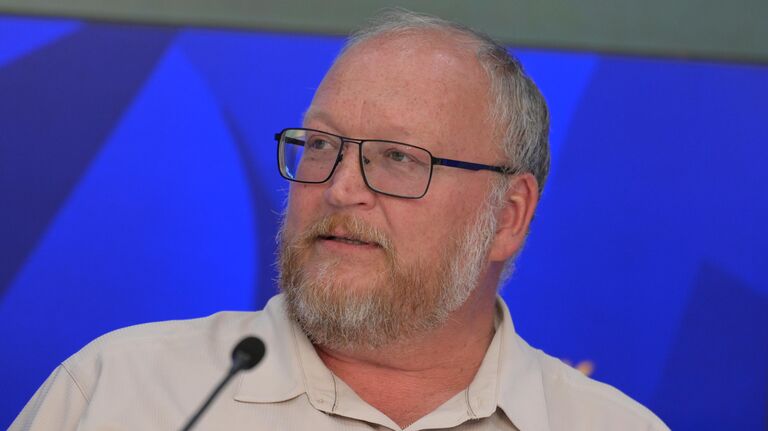
3 of 4

4 of 4
1 of 4
2 of 4
3 of 4
4 of 4
According to Anton Podkolzin, General Director of the Ocean HD TV channel, two documentaries will be released soon about searching for sunken ships on Lake Ladoga.
Let us recall that the search for artifacts of the 19th and 20th centuries at the bottom of Lake Ladoga is taking place within the framework of a long-term research project to study historical finds “Heritage of the Ladoga Depths”.
It is known that in 1940, during an attempt to evacuate the church property of the Valaam Monastery to Finland, bells from The churches of the Nikolsky monastery went to the depths of Lake Ladoga. Divers — members of the Oryol diving club «Divo» have been searching for lost church values in the waters of the island of Valaam since 2017.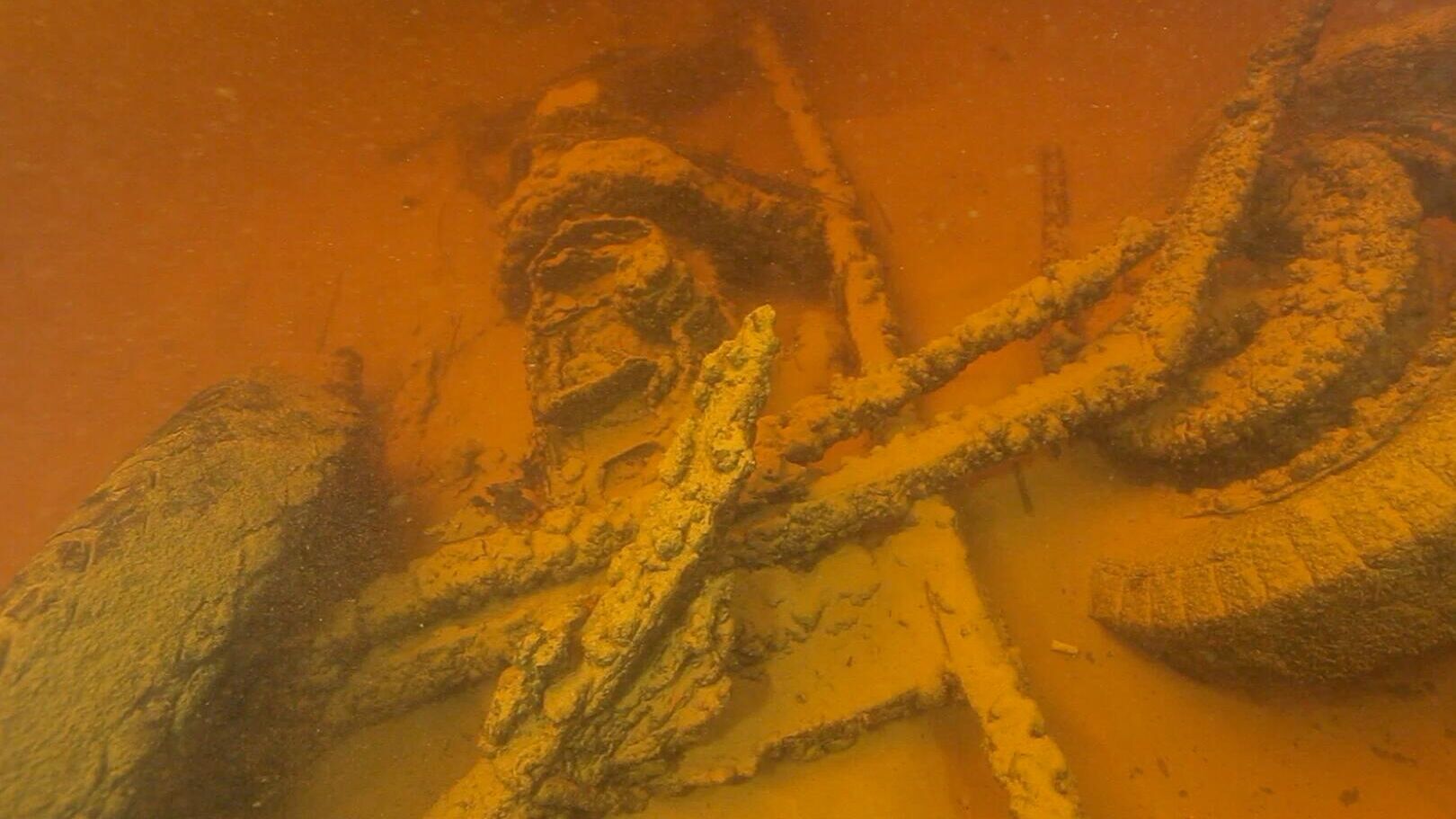
Over several years of research, club members managed to discover several sunken ships, two GAZ-AA cars and many smaller artifacts from the late 19th – first half of the 20th centuries. The search for church bells and other items of historical value continues.










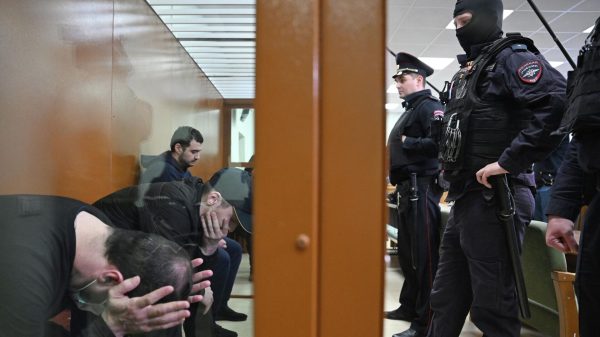








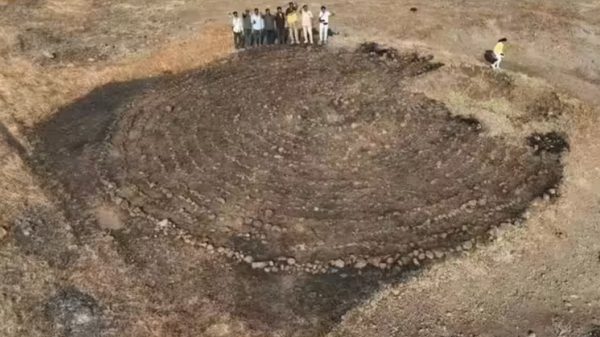




































Свежие комментарии